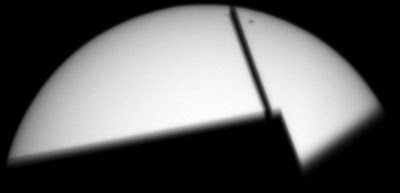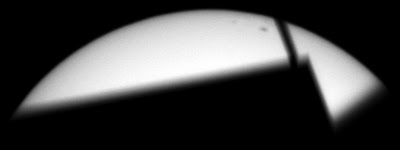1706:-

17:07:-

since is very close to a nearby building, seeing is very bad, and I could not stack more than around 100 frames or else registax will get confused.
Welcome to my astronomy blog, I dedicate myself to the simplest form of amateur astronomy which requires only portable equipment. I have two small refractors, two small binoculars, one small GOTO mount and another small equatorial mount, and a small H-alpha solar filter. Originally from a city where the people were proud of their light pollution, that is Hong Kong where I loved. Relocated to the UK since 2021.





































